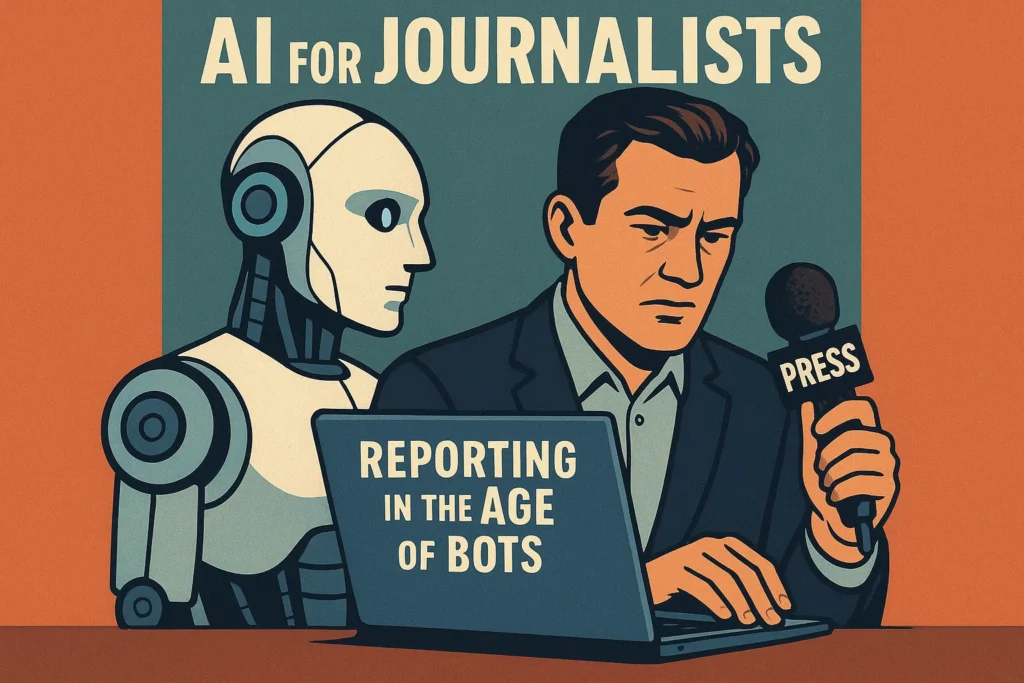✨ Introduction
At AiBlogQuest.com, we dive into how artificial intelligence is reshaping industries—and the media world is no exception. Today, AI for journalists is revolutionizing how news is gathered, written, and distributed. But as bots enter the newsroom, important questions arise about accuracy, ethics, and the role of human reporters.
📰 How AI for Journalists Works
AI in journalism uses natural language processing (NLP), machine learning, and automation tools to speed up reporting. From generating breaking news articles to summarizing financial reports, AI helps journalists focus on analysis while machines handle routine tasks.
⚡ Benefits of AI for Journalists
-
Faster News Writing: AI drafts reports in seconds.
-
Automated Research: AI scans thousands of sources instantly.
-
Fact-Checking Support: Tools flag misinformation and verify claims.
-
Personalized Content: AI recommends tailored news to readers.
-
Data-Driven Insights: Journalists can spot trends hidden in big data.
🚧 Limitations of AI for Journalists
-
Risk of Errors: AI may misinterpret complex data.
-
Bias Concerns: Algorithms can reflect or amplify existing biases.
-
Loss of Human Touch: Storytelling, empathy, and investigative depth require humans.
🔮 The Future of AI for Journalists
The future of AI for journalists lies in collaboration. AI will handle routine tasks like summaries, research, and translations, while human reporters focus on storytelling, investigative reporting, and ethical decision-making. Together, they can deliver faster, more accurate, and more impactful journalism.
🔗 Useful Links – AiBlogQuest.com
❓ FAQs
Q1: Can AI replace journalists?
No, AI can support reporting but lacks the creativity, ethics, and human judgment needed for journalism.
Q2: How is AI used in newsrooms today?
AI is used for drafting financial reports, sports updates, translations, and audience analytics.
Q3: Is AI-generated news trustworthy?
It can be, but human editors must always verify and ensure accuracy.



